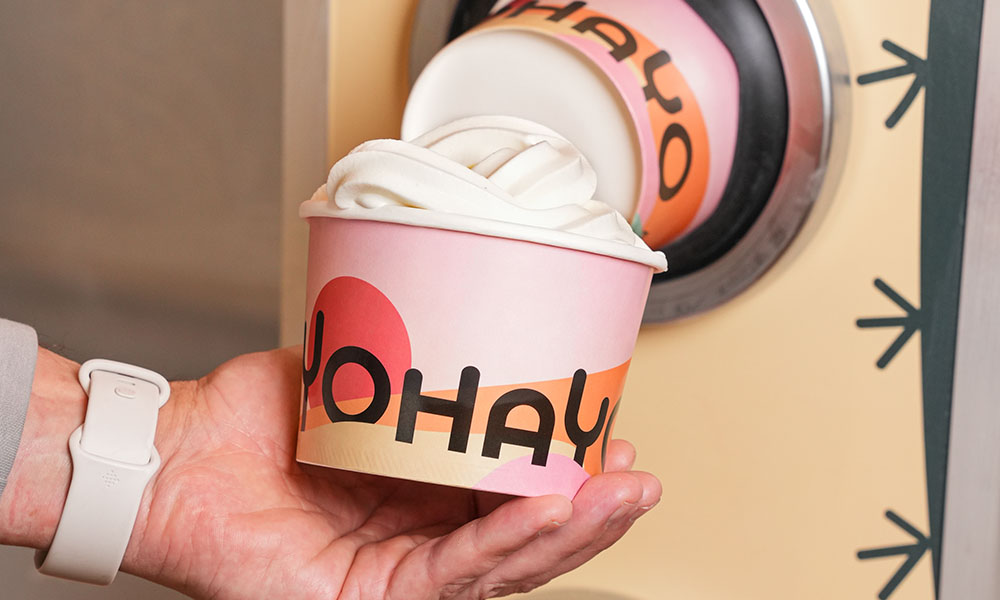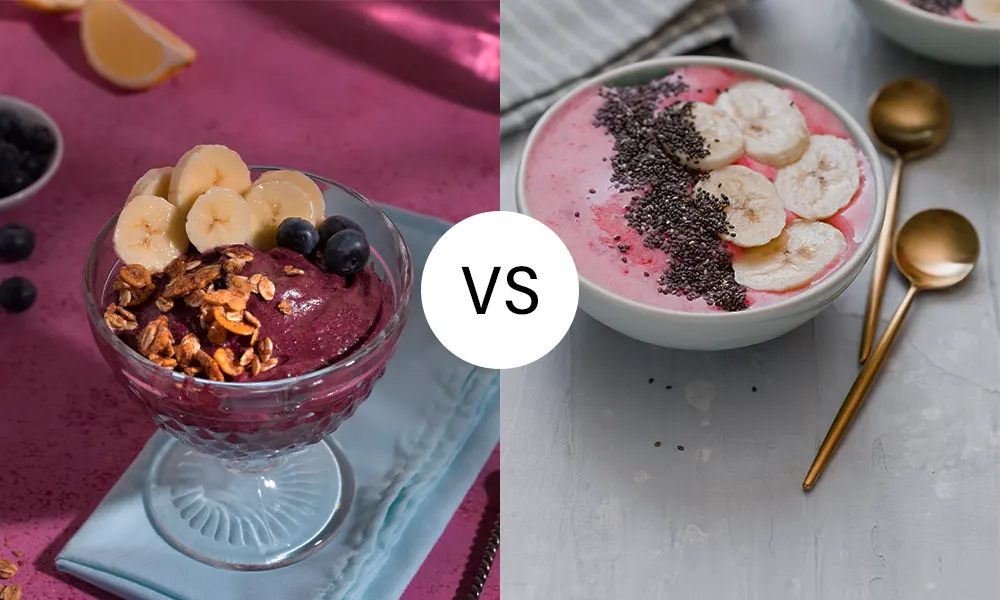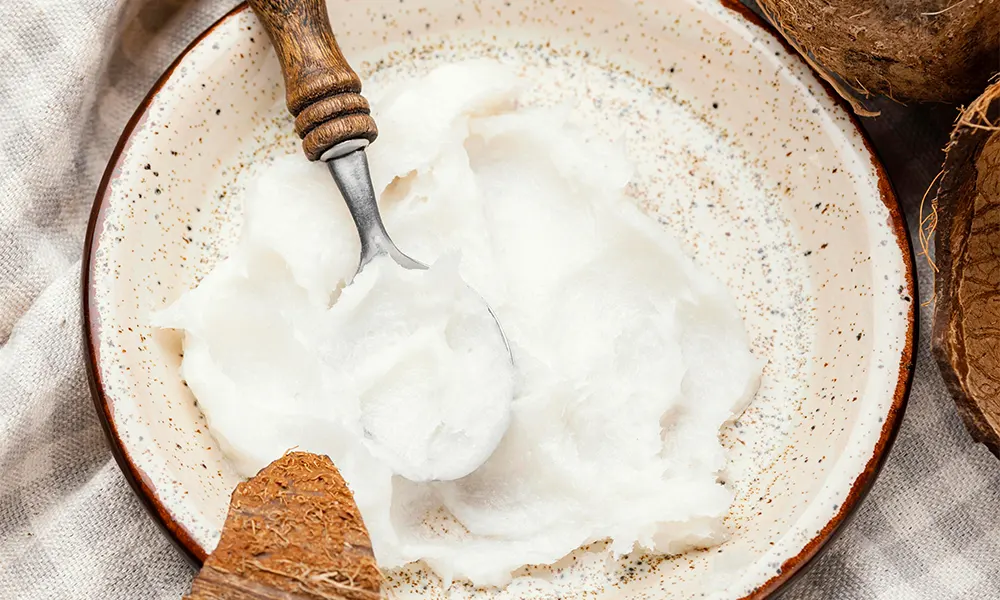In recent years, frozen yogurt has gained immense popularity as a healthier alternative to traditional desserts. Whether as a guilt-free treat after dinner or a midday indulgence, Australians have embraced the versatility and appeal of this creamy delight. Among the most prominent choices are self-serve frozen yogurt and pre-made frozen yogurt. But what sets them apart? This blog dives into their differences, exploring their benefits, drawbacks, and what makes each option unique for dessert lovers.
Frozen yogurt Varieties
Frozen yogurt has evolved far beyond its original tart flavour, offering various varieties to suit different tastes and dietary needs. Here are some popular types:
- Classic Tart Frozen yogurt: This variety retains yogurt’s natural tanginess, making it a refreshing and low-calorie option.
- Flavoured Frozen yogurt: From chocolate to mango, flavoured options cater to those who prefer sweeter or fruitier tastes.
- Low-Sugar or Sugar-Free Frozen yogurt: Ideal for those watching their sugar intake, these options use natural or artificial sweeteners.
- Dairy-Free or Gluten-Free Frozen yogurt: Made from almond, coconut, or soy milk, this is a perfect choice for vegans or those with lactose intolerance.
- Probiotic-Enriched Frozen yogurt: Some varieties such as Gluten-Free frozen yogurt are fortified with probiotics, promoting gut health while satisfying your dessert cravings.
With such a diverse range of options, frozen yogurt offers something for everyone, blending health-conscious ingredients with indulgent flavours.
The Customisation Factor: Tailoring Your Treat
Self-Serve Frozen yogurt:
The most significant appeal of self-serve frozen yogurt shops is the sheer level of personalisation. From various yogurt flavours to an extensive topping bar featuring fresh fruits, nuts, candies, and sauces, self-serve frozen yogurt puts creativity in the customer’s hands. Patrons can create their ideal dessert, experimenting with combinations and quantities. This interactive element enhances the dining experience, making it fun for families and friends.
Pre-Made Frozen yogurt:
Pre-made frozen yogurt, commonly available in supermarkets and cafes, typically comes in standardised options. While these products are pre-portioned and ready to eat, the level of customisation is limited to choosing between flavours or occasionally adding pre-packaged toppings. This makes pre-made yogurt less appealing to those who enjoy experimenting with their dessert.
Taste and Texture
Regarding taste and texture, self-serve frozen yogurt offers an unparalleled experience. The ability to choose from a wide range of flavours means you can indulge in tangy, creamy, or fruity profiles to suit your cravings. The texture is typically smooth and luscious, providing that melt-in-your-mouth delight. Pair it with crunchy toppings like granola, nuts or juicy fruits to elevate the experience further.
On the other hand, pre-made frozen yogurt is crafted for consistency. The taste and texture are carefully standardised, ensuring you get the same quality every time. However, it may lack the personalisation and freshness of toppings that self-serve provides. While pre-made offers convenience, self-serve delivers a multi-sensory delight, making every bite a unique adventure.
Convenience and Accessibility
Self-Serve Frozen yogurt:
With self-serve shops typically located in urban centres and shopping malls, this option may require visiting a specific location. However, the instant gratification of crafting and enjoying your treat on the spot is a significant advantage for those who value the experience.
Pre-Made Frozen yogurt:
Pre-made yogurt shines in its convenience. Available at grocery stores, consumers can stock up and enjoy frozen yogurt anytime, anywhere. Perfect for busy individuals, it eliminates the need for a speciality shop trip while providing a creamy, refreshing snack.
Portion Control: A Double-Edged Sword
Self-Serve Frozen yogurt:
Self-serve frozen yogurt operates on a pay-by-weight model, giving customers complete control over their portion sizes. While this is great for those looking to indulge responsibly, it can sometimes lead to accidental over-serving due to the abundance of tempting toppings and large cups provided.
Pre-Made Frozen yogurt:
Pre-made yogurt typically comes in pre-packaged servings, ensuring portion control. These pre-measured cups help consumers maintain dietary balance, making monitoring calorie and sugar intake easier. This can particularly benefit health-conscious individuals or those following a strict nutritional plan.
Freshness and Quality
Self-Serve Frozen yogurt:
The quality and freshness of self-serve frozen yogurt largely depend on the shop. Premium establishments emphasise fresh, locally sourced ingredients and maintain high hygiene standards. However, since customers serve themselves, the cleanliness of the machines and topping stations can vary, making it essential to choose reputable shops.
Pre-Made Frozen yogurt:
Manufactured under controlled conditions, pre-made frozen yogurt guarantees consistent quality. These products often undergo rigorous quality checks, ensuring they meet food safety standards. However, the pre-packaged nature may lack fresh, in-store toppings’ visual and sensory appeal.
Nutritional Value
Self-Serve Frozen yogurt:
The nutritional value of self-serve frozen yogurt can vary significantly depending on customers’ choices. While the yogurt base is often low-fat or fat-free, toppings like chocolate chips, caramel sauce, or candies can quickly add calories and sugar. Without clear nutritional information readily available, it’s easy to underestimate the calorie count of a self-serve creation.
Pre-Made Frozen yogurt:
Pre-made frozen yogurt often includes detailed nutritional labelling, allowing consumers to make informed decisions. The transparency regarding ingredients, calories, and sugar content makes it easier for health-conscious individuals to track their intake.
Social Interaction and Experience
Self-Serve Frozen yogurt:
One of the significant advantages of self-serve frozen yogurt shops is their ability to foster social interaction. These establishments are popular spots for friends, families, and even dates. Creating your dessert becomes a shared experience, making it a fun outing rather than just a quick snack stop.
Pre-Made Frozen yogurt:
Pre-made yogurt lacks the experiential element. Often consumed individually or at home, it doesn’t provide the same level of engagement or social interaction. This makes it a convenient option but less appealing for those seeking a shared dessert experience.
Pricing
Self-Serve Frozen yogurt:
The pricing structure in self-serve frozen yogurt shops is weight-based. While this offers flexibility in portion size, it can sometimes incur unexpected costs. The freedom to add unlimited toppings can lead to higher prices if customers aren’t mindful of the weight.
Pre-Made Frozen yogurt:
Pre-made frozen yogurt is sold at fixed prices, providing budget-friendly options with predictable costs. Pre-made options are often better for those looking to enjoy a consistent product without worrying about overspending.
Cost and Profitability
When considering frozen yogurt, both from a consumer and business perspective, understanding the cost and profitability is essential.
Self-Serve Frozen yogurt:
For consumers, the cost of self-serve frozen yogurt can vary significantly based on the serving size and the selected toppings. The pay-by-weight system means that customers can control their costs, but this can lead to higher prices if portions are large or topped generously. For businesses, operating self-serve frozen yogurt shops requires careful inventory management and maintenance of the serving equipment. While initial startup costs can be higher due to the need for self-serve stations, the flexibility in pricing can make self-serve models profitable.
Pre-Made Frozen yogurt:
Pre-made frozen yogurt has a more predictable cost structure, with set prices for pre-portioned servings. Consumers can budget accordingly, but they may miss out on the customisation that can drive higher spending at self-serve shops. For businesses, pre-made frozen yogurt offers a simpler operational model. With pre-packaged products, there is no need for complex machinery, and inventory management is more straightforward. The cost of production is often lower, especially for large-scale manufacturers, but margins can be thinner compared to self-serve due to the fixed pricing.
Environmental Impact
Self-Serve Frozen yogurt:
Self-serve shops may generate more waste due to disposable cups, spoons, and topping containers. However, some establishments adopt eco-friendly practices by offering biodegradable materials and encouraging customers to bring reusable containers.
Pre-Made Frozen yogurt:
Pre-made products typically come in single-use packaging, which can contribute to environmental concerns. Brands prioritising recyclable or sustainable packaging are more likely to resonate with eco-conscious consumers.
Popularity in Australia
The frozen yogurt industry in Australia has seen significant growth, with self-serve frozen yogurt shops becoming staples in cities like Sydney and Melbourne. The trend reflects a shift towards healthier dessert options that still feel indulgent. Pre-made frozen yogurt has also carved out a niche, appealing to those seeking convenience without compromising taste.
Product Packaging and Ease of Use
When it comes to enjoying frozen yogurt, the packaging and overall ease of use are essential factors influencing the consumer experience.
Self-Serve Frozen yogurt:
Self-serve frozen yogurt shops generally offer a more hands-on experience, where customers fill their cups with the yogurt and toppings. However, the takeaway packaging is usually straightforward, consisting of cups, lids, and spoons, which are convenient for those enjoying their creations on the go. Some shops are making strides in offering eco-friendly packaging, such as biodegradable cups and spoons, catering to environmentally conscious consumers. While the packaging is functional, the emphasis is on the customer experience inside the store.
Pre-Made Frozen yogurt:
Pre-made frozen yogurt typically comes in plastic tubs or cups with secure lids, designed for easy freezer storage. These products are ready to grab, go, and enjoy without assembly. The packaging is often designed for convenience, and many brands are moving towards using recyclable materials or reducing plastic usage. For those who value simplicity, pre-made frozen yogurt offers a no-fuss option with packaging that maintains the product’s freshness until it’s time to eat.
Nutritional Information
One of the key appeals of frozen yogurt is its potential as a healthier dessert option compared to traditional ice cream. However, its nutritional value can vary widely depending on the type and toppings chosen.
- Calories and Sugar: A serving of plain frozen yogurt is typically lower in calories and sugar than ice cream. However, flavoured or sweetened varieties may contain added sugars that increase the calorie count.
- Protein Content: Frozen yogurt offers a decent amount of protein, especially if it’s made from Greek yogurt. This makes it a satisfying snack for those looking to stay full longer.
- Probiotics: Some frozen yogurts retain the live cultures found in regular yogurt, offering digestive health benefits. Be sure to check the label for confirmation.
- Toppings Impact: Adding fruits, nuts, or seeds can enhance the health benefits, while indulgent toppings like chocolate syrup or candies increase sugar and calorie content.
Understanding the nutritional makeup allows you to make informed choices that align with your dietary preferences and health goals.
Storage Requirements
Proper storage is key to maintaining frozen yogurt’s quality, texture, and taste, whether running a frozen yogurt shop or enjoying it at home. Here are some essential storage tips:
- Temperature Control: Frozen yogurt should be stored at a consistent temperature of -6°C to -25°C to prevent ice crystals from forming, which can ruin the creamy texture.
- Avoid Frequent Thawing: Constant thawing and refreezing can degrade the quality and produce a grainy texture. Always keep frozen yogurt in a stable freezer environment.
- Packaging Matters: Airtight containers are essential to prevent freezer burn and preserve freshness. Commercial-grade containers are ideal for bulk storage in shops.
- Shelf Life: While frozen yogurt can last for several months in a freezer, it’s best consumed within 1-2 months to enjoy the optimal flavour and texture.
Following these guidelines, frozen yogurt retains its creamy consistency and fresh taste, ensuring the best experience for both sellers and consumers.
Alternatives to Frozen yogurt
While frozen yogurt remains a favourite for its creamy texture and tangy taste, several alternatives are gaining popularity among dessert enthusiasts. One option is smoothie bowls, which combine blended fruits and vegetables with toppings like granola and fresh fruits for a healthy, vibrant treat.
Another alternative is dairy-free ice cream made from almond, coconut, or oat milk, which caters to those with lactose intolerance or vegan preferences. Similarly, sorbet offers a refreshing, fruity option free of dairy altogether.
For those seeking indulgence, gelato provides a richer, creamier experience, although it often has a higher fat content. Lastly, chia pudding, with its nutrient-packed seeds and creamy base, has become a trendy choice for health-conscious consumers.
These alternatives cater to a wide variety of dietary preferences and flavour profiles, ensuring there’s a dessert option for everyone.
Conclusion
Frozen yogurt has redefined the dessert experience, catering to a variety of tastes and lifestyles. Whether you’re a fan of self-serve frozen yogurt’s customisation or prefer the grab-and-go convenience of pre-made options, there’s something for everyone in Australia’s thriving frozen yogurt scene.
At Yohayo, we embrace the art of frozen yogurt. Whether you’re looking to unleash your creativity with self-serve frozen yogurt or explore pre-made delights, our offerings cater to all preferences. Visit Yohayo to experience the best of both worlds and treat yourself to a dessert that’s as unique as you are. Contact us today or visit one of our locations to find your perfect froyo!
FAQs
What is the primary difference between self-serve frozen yogurt and pre-made options?
Self-serve frozen yogurt allows customers to personalise their dessert by choosing their flavours and adding toppings directly, creating a unique experience every time. Pre-made frozen yogurt comes pre-assembled, offering convenience but limiting customisation options.
Which is more cost-effective: self-serve or pre-made frozen yogurt?
Self-serve frozen yogurt often charges by weight, so costs depend on the portion size and toppings you choose. Pre-made options typically have a fixed price, which can sometimes make them more predictable in cost.
Are there healthier options available in self-serve frozen yogurt shops?
Yes, self-serve frozen yogurt shops often provide a variety of low-fat, low-sugar, and dairy-free flavours, along with fresh fruit toppings, making it easier to build a healthier dessert compared to some pre-made options.
Do self-serve frozen yogurt shops accommodate dietary restrictions?
Most self-serve shops cater to dietary needs by offering options such as vegan, gluten-free, and lactose-free frozen yogurt. Always check the ingredient labels or consult staff for details.
Which is better for large groups or parties: self-serve or pre-made frozen yogurt?
Self-serve frozen yogurt is ideal for groups, as everyone can customise their bowl to their liking. Pre-made options work well for events requiring quick distribution or where minimal setup is preferred.





